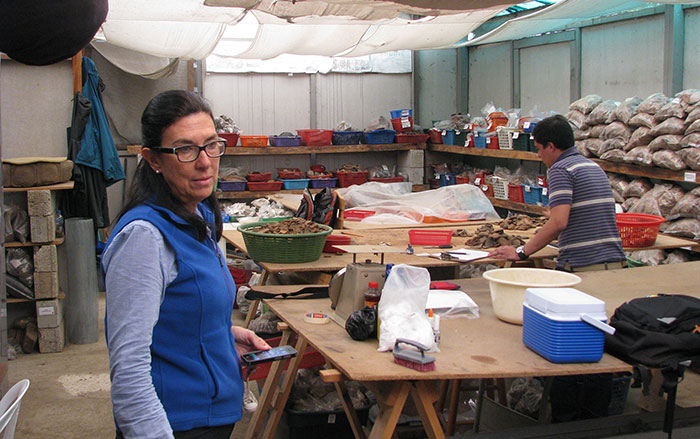
CAMBRIDGE, ENGLAND—It had been thought that infectious diseases became more common among human populations some 8,000 years ago, when people became more sedentary and began living with herd animals. But scientists from the University of Cambridge and Oxford Brookes University say that some chronic infectious diseases and their causes, such as tapeworms, tuberculosis, the bacterium that causes stomach ulcers, and the virus that causes genital herpes, may be thousands of years older than had been previously believed, and that humans may have initially passed those diseases to their livestock. They may have also spread those diseases to Neanderthals, weakening the population. “Humans migrating out of Africa would have been a significant reservoir of tropical diseases. For the Neanderthal population of Eurasia, adapted to that geographical infectious disease environment, exposure to new pathogens carried out of Africa may have been catastrophic,” Charlotte Houldcroft of the University of Cambridge told The Guardian. For more, go to "Decoding Neanderthal Genetics."










